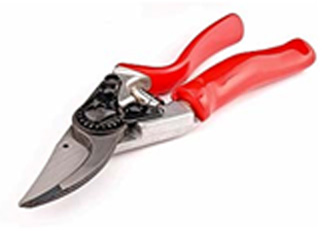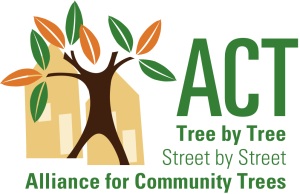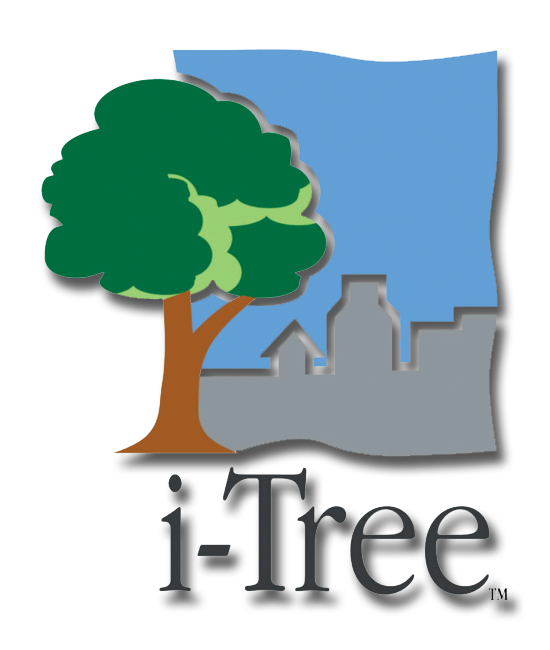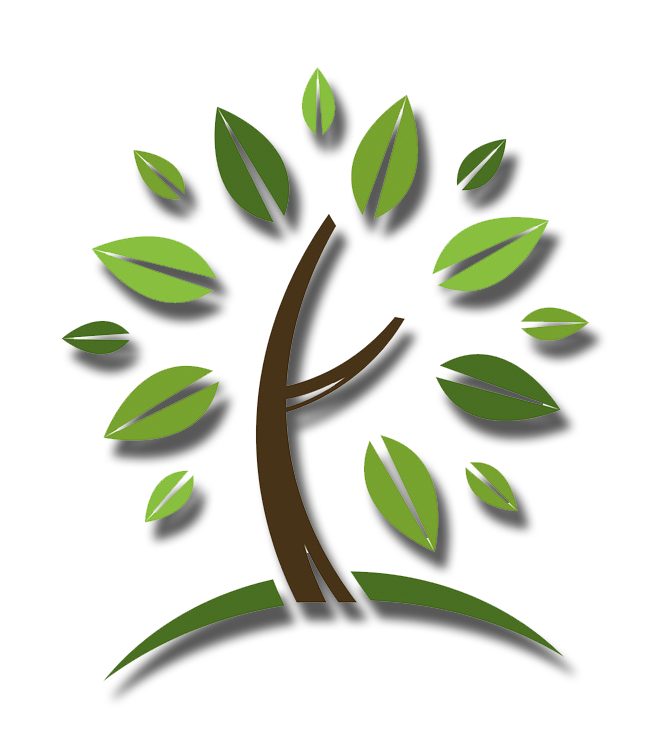"The best time to plant a tree was 20 years ago. The next best time is now." ~Chinese Proverb
TLC!
The city offers the following suggestions for care of your new tree. They are only suggestions. For a more comprehensive care and maintenance plan, please visit one of the links provided or discuss your new tree with a qualified professional.
It has been suggested that a tree is a lifetime investment. It not only provides shade, beauty and privacy, but numerous environmental benefits. How well your "investment" grows depends on the care you provide. Your tree will be most vulnerable during it's first year, so give it the extra TLC that it deserves.
Watering
Tree watering is a key part of your tree care routine and probably the single most important aspect. A few rules of thumb will help you water your new tree properly. The city will water the tree immediately after planting after which time the responsibility will be the property owners.
 During the first two growing seasons, your new tree is expending energy trying to establish a good root system. Watering and mulching are particularly important during this period. Deep watering, or keeping the soil moist to a level that will include all roots, will help establish a good root system. A general rule of thumb is to keep the top 8 to 12 inches of the soil moist. To check the moisture level, dig a small hole near the tree. If the top 1-2 inches of soil is dry, it's time to water. The amount of water will also very depending on the size of the tree, the region you live in, and current rainfall amounts.
During the first two growing seasons, your new tree is expending energy trying to establish a good root system. Watering and mulching are particularly important during this period. Deep watering, or keeping the soil moist to a level that will include all roots, will help establish a good root system. A general rule of thumb is to keep the top 8 to 12 inches of the soil moist. To check the moisture level, dig a small hole near the tree. If the top 1-2 inches of soil is dry, it's time to water. The amount of water will also very depending on the size of the tree, the region you live in, and current rainfall amounts.
Over watering can be as harmful to the tree as a lack of water. The soil should be moist, not soggy. Usually 30 seconds with a steady stream of water from a garden hose with a diffuser nozzle per tree is sufficient. After the second year, the trees root system should be well established ensuring that it can survive on its own. Remember however that droughts are an exception and the tree may require extra watering.
Mulch
Mulch is valuable to your trees health and care. It insulates the soil from extreme temperatures, retains moisture, prohibits weed growth, prevents soil compaction and reduces lawn mower damage. After the tree has been planted, the city will provide the initial mulch. The tree owner will be responsible for mulching the tree from then on.
Pour natural mulch such as wood chips or bark pieces two to four inches deep within a circle around the base of the tree. More than four inches can cause a problem with both the oxygen level and soil moisture. Avoid placing mulch directly on the base of the tree as this can cause decay of the living bark. Try to maintain at least 1 to 2 inches of space around the trunk.
The City of Rolla Environmental Services Department provides mulch free of charge to residents of Rolla. Please visit their webpage for further information.

Pruning
 Light pruning and the removal of dead wood can be done anytime, but prune sparingly immediately after planting. Remove only broken or badly damage branches the first year. Pruning during dormancy (winter) is the most common practice and results in a vigorous burst of new growth in the spring. Wait until the coldest part of winter has passed. To slow the growth of branches you don't want, pruning should be done soon after seasonal growth is complete (summer pruning). This is also the time to prune for corrective purposes.
Light pruning and the removal of dead wood can be done anytime, but prune sparingly immediately after planting. Remove only broken or badly damage branches the first year. Pruning during dormancy (winter) is the most common practice and results in a vigorous burst of new growth in the spring. Wait until the coldest part of winter has passed. To slow the growth of branches you don't want, pruning should be done soon after seasonal growth is complete (summer pruning). This is also the time to prune for corrective purposes.
Do NOT prune in the fall. Decay fungi spread their spores at this time when the healing of wounds on trees is slower, increasing the risk of damage to the tree.








